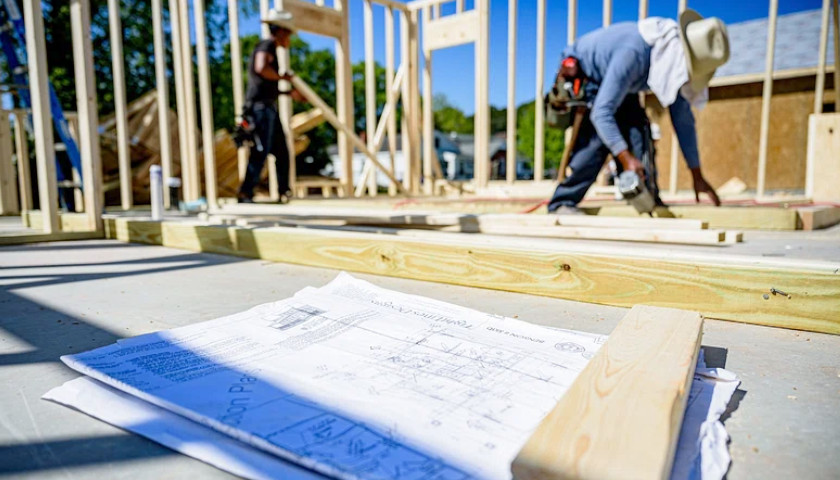by J.D Davidson
While members of the Ohio House of Representatives want to push forward quickly with a plan to change how the state funds public schools, the chairman of the senate committee reviewing the idea wants more answers.
Proposed legislation, which calls for a six-year phase-in, could mean $2 billion more for schools in Ohio. However, state Sen. Matt Dolan, R-Chagrin Falls, chairman of the Senate Finance Committee, wants to know how much it will actually cost.
“The bill does not tell us what other costs are. It recommends studies to get that cost,” Dolan said. “We are moving forward with a plan which does not tell us how much it costs the state to enact the plan.”
With bipartisan support, along with support from teachers unions, administrations, school boards and other groups, the bill passed the House last week. Supporters then called on the Senate to quickly pass it before the end of the year.
Dolan said his committee has held three hearings on the proposed reform measure and talked with working groups, but there remain questions. And, he said, there is no need to rush. He believes the reform can be part of next year’s budgeting process.
“The work they did was fantastic. The point I disagree with them on is there were suggestions in floor speeches if the Senate doesn’t do something, then this goes away,” Dolan said. “That’s simply not true. We don’t have to enact this plan until July 1, so why don’t we take the time to do those studies before we enact the plan.”
The plan looks at two basic steps. First, what is the base cost to educate a student and how much can local communities pay.
The proposed base cost plan would incorporate professional development for teachers, health, safety, social and emotional needs of students, academic and athletic activities, technology, building and district operations and leadership and staff.
A key change to local funding is the new plan would base 60% of a district’s local funding capacity on property values and 40% on resident income.
Also, the plan would change how community schools and voucher systems are paid. The money would go to the school educating the student, rather than the home district and then passed on.
But it’s areas like gifted programs, special education, English as a Second Language and others that have yet to be included in the cost, according to Dolan. He said the bill uses a $5 million infusion of lottery funds for studies in nine areas to determine costs.
“We in the Senate are saying wait a second. By your own admission, there are nine areas you are asking for further study on to find out how much it’s going to cost, so how can you say it’s going to cost $2 billion more when a majority of the area doesn’t have a cost yet,” Dolan said.
Dolan is hopeful the $5 million for the studies can pass both the Senate and the House by the end of the year, giving the opportunity for those studies to be completed and the Senate to examine the entire cost.
“School funding is emotionally charged. The education of our kids is arguably the No. 1 responsibility of the state of Ohio,” Dolan said. “So, when years in the House are spent putting a plan together that superintendents and teachers unions like, the emotions kick in and they say just get it done. Let’s take a logical look at it, and the Senate has had only three weeks with this bill. Matching the emotion with getting it done correctly, we’re just not there yet.”
– – –
An Ohio native, J.D. Davidson is a veteran journalist with more than 30 years of experience in newspapers in Ohio, Georgia, Alabama and Texas. He has served as a reporter, editor, managing editor and publisher. Davidson is a regional editor for The Center Square.





